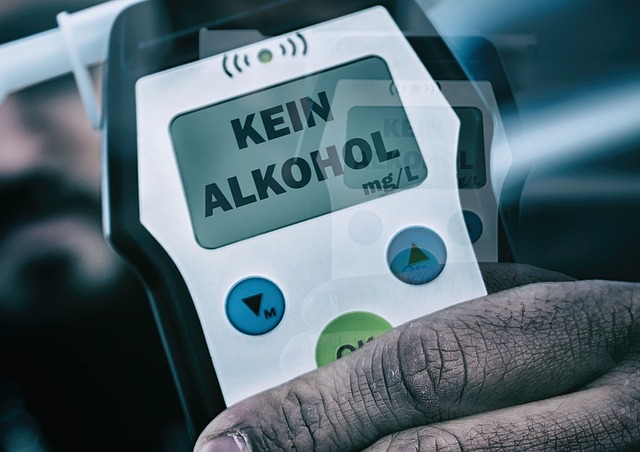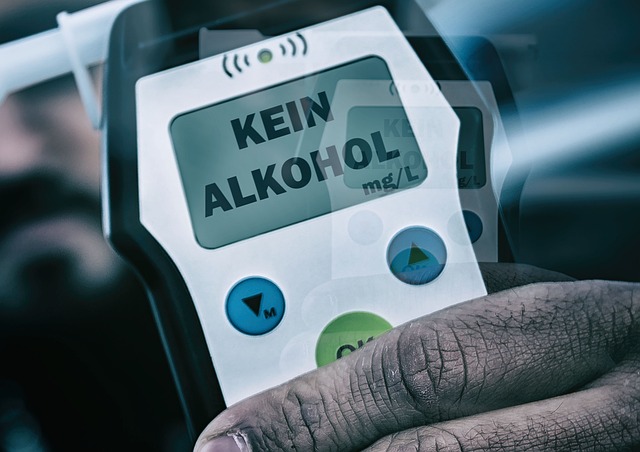Pedestrians' legally protected rights in public spaces are increasingly significant with social media influencing awareness and DUI cases. Effective advocacy, education, and enforcement through social media platforms empower communities to maintain these rights and ensure safe streets. Social media and DUI legal aspects work together to raise awareness, deter dangerous driving behaviors, and promote a culture of accountability, fostering safer global communities.
In today’s fast-paced world, ensuring safe streets for pedestrians is paramount. This article explores key aspects of pedestrian rights and safety, delving into the legal perspective from diverse angles, including social media’s role in awareness campaigns and the significant impact of DUI laws. We analyze community engagement strategies and compare global initiatives to protect pedestrians. Understanding these legal and social factors empowers us to advocate for safer walking environments. Additionally, we consider how social media and DUI legal aspects intertwine, enhancing overall pedestrian safety.
- Pedestrians' Rights: A Legal Perspective
- Social Media's Role in Awareness Campaigns
- DUI Laws: Impact on Pedestrian Safety
- Safe Streets: Community Engagement Strategies
- Protecting Pedestrians: Global Initiatives Compared
Pedestrians' Rights: A Legal Perspective

Pedestrians have legal rights that are protected by various laws and regulations, ensuring their safety while on public roads and pathways. In many jurisdictions, the rights of pedestrians are explicitly outlined in traffic laws, emphasizing the responsibility of drivers to yield to pedestrians at crosswalks and give way to them on sidewalks. These legal provisions aim to create a balance between vehicular and pedestrian movement, fostering a culture of shared road usage.
When it comes to social media and DUI (Driving Under the Influence) cases, understanding pedestrians’ rights becomes even more crucial. Online platforms can serve as powerful tools for raising awareness about pedestrian safety and advocating for stronger protections. However, they also present unique challenges, such as the potential for misinformation and the impact of public opinion on legal decisions. Therefore, a comprehensive approach that combines legal advocacy, education through social media, and enforcement is essential to upholding pedestrians’ rights and creating safe streets.
Social Media's Role in Awareness Campaigns

In today’s digital era, social media platforms have emerged as powerful tools for raising awareness about pedestrians’ rights and safe streets. These online spaces enable quick dissemination of information and can reach a vast audience, including younger generations who are often active users of such platforms. Hashtag campaigns, viral videos, and interactive posts can effectively educate folks about their legal rights as pedestrians, especially in the context of DUI (Driving Under the Influence) cases. By sharing real-life stories and statistics, social media amplifies important safety messages and encourages responsible driving behaviors.
Moreover, social media provides a direct channel for community engagement. Pedestrian advocacy groups can interact with locals, gather feedback, and organize events to promote road safety. This digital activism not only fosters a sense of collective responsibility but also keeps the issue of pedestrians’ rights in the public eye, pushing for stricter legal aspects and more accountable driving behaviors, particularly regarding DUI cases.
DUI Laws: Impact on Pedestrian Safety

DUI laws play a pivotal role in ensuring pedestrian safety on our streets. When individuals operate vehicles under the influence, they pose significant risks not only to other drivers but also to vulnerable pedestrians. Strict DUI regulations have been implemented across many jurisdictions to deter impaired driving and protect public safety. These laws not only mandate blood alcohol level limits but also impose severe penalties for violations, including fines, license suspensions, and even imprisonment.
The social media landscape has transformed how we perceive and discuss DUI-related issues. Online platforms serve as powerful tools for raising awareness about pedestrian rights and the dangers of drunk driving. By sharing real-life stories and statistics related to DUI incidents involving pedestrians, social media campaigns can influence public opinion and encourage stricter enforcement of DUI laws. This digital activism complements traditional legal aspects of DUI prosecution, fostering a culture that prioritizes pedestrian safety over recklessness behind the wheel.
Safe Streets: Community Engagement Strategies

Community engagement is a cornerstone in creating safe streets for pedestrians, especially in areas with high pedestrian traffic. Utilizing social media platforms offers a powerful tool to connect and educate residents about their rights and responsibilities as pedestrians. By sharing informative content, such as tips on crossing streets safely or recognizing potential hazards, communities can foster a culture of awareness. Furthermore, engaging in open dialogue through online forums allows for the collective identification of problem areas and collaborative brainstorming of solutions.
When it comes to legal aspects, understanding the rules regarding pedestrians’ rights and drivers’ duties is crucial. Educational initiatives that delve into the legal implications of pedestrian safety, including the consequences of DUI (Driving Under the Influence), can significantly impact behavior change. Encouraging community members to share their experiences and knowledge on social media while highlighting the positive outcomes of safe walking practices can create a ripple effect, ultimately transforming streets into more welcoming spaces for everyone.
Protecting Pedestrians: Global Initiatives Compared

In recent years, protecting pedestrians’ rights and ensuring safe streets has become a global priority. Various countries have implemented initiatives focusing on reducing pedestrian injuries and fatalities, especially in urban areas with heavy traffic. One significant aspect is the emphasis on creating walkable and bike-friendly infrastructure, encouraging active transportation to reduce reliance on cars. For instance, cities like Amsterdam and Stockholm have become models for successful pedestrian-centric urban planning, utilizing elements such as dedicated walking zones, speed bumps, and well-designed crosswalks to prioritize the safety of those on foot.
Comparatively, the legal aspects of pedestrian rights vary across jurisdictions. Many countries have enacted stringent laws regarding speeding, drink-driving (DUI), and aggressive driving behavior to deter dangerous practices that pose significant risks to pedestrians. Social media campaigns play a crucial role in raising awareness about these issues, educating both drivers and pedestrians on their responsibilities. By comparing and learning from global initiatives, cities can develop comprehensive strategies to protect pedestrians, ensuring safer communities worldwide.
In conclusion, ensuring safe streets for pedestrians involves a multifaceted approach. From legal frameworks like those discussed under Pedestrians’ Rights: A Legal Perspective, to the leveraging of social media in awareness campaigns, and the role of DUI laws in enhancing pedestrian safety, each component plays a crucial part. Community engagement strategies are also vital, as demonstrated by successful global initiatives aimed at protecting pedestrians. By integrating these diverse elements, we can create vibrant, bustling communities where everyone feels safe to walk and enjoy public spaces. Social media and legal aspects like DUI regulations stand out as key tools in this effort, fostering a culture of responsibility and care that ultimately enhances the well-being of all pedestrians.






